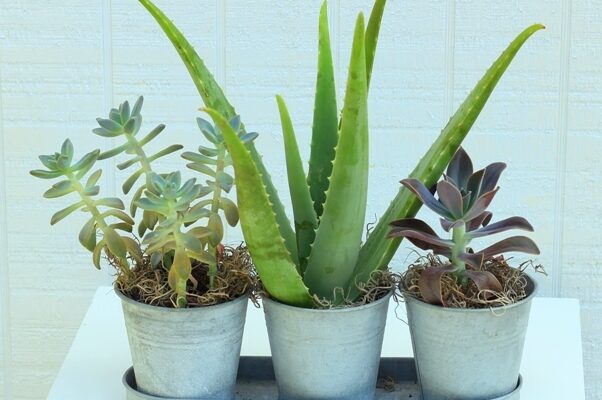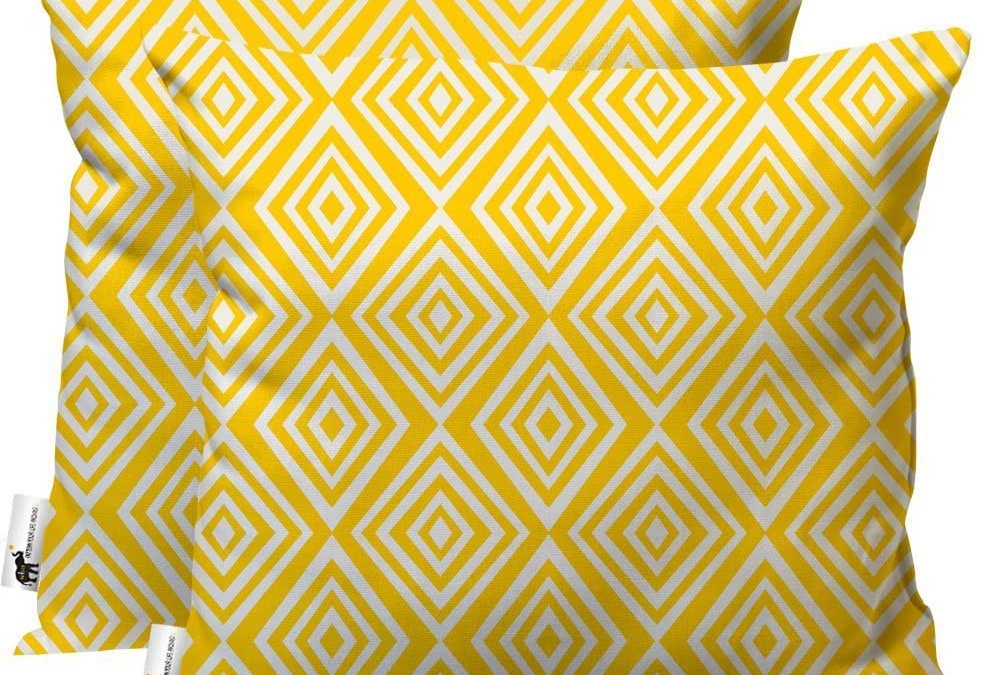
Start by making a list of all the plants you want to grow. Also, estimate the number of plants you want to have for each. This will depend on several factors, like soil, how much space you have, whether the plants will be receiving direct sunlight or not, and the climate or weather at your place. Purchase your seeds now based on this list. A great thing about planting from seed is that you can buy a packet of seeds and have a lot of plants for about the same price it would cost to buy one plant. So you save a lot of money. And of course, you get to tend the plant as it grows and have the pleasure of savoring the first fruit, flower, or vegetable.
- Keep your list handy when you are selecting your seed. It’s fascinating to purchase more than you require. But adhere to the basics to make your job easy. You’ll have adequate time to experiment in your garden later.
- Buy the seed only from a dependable company. That’s the way to have a bountiful garden. It’s even better if you can buy plants online, which grows plants under the same weather conditions.
- Don’t forget to take notes of the seeds you are buying. Look out for germination qualities, tendencies towards disease and insects, plant vigor, and such things. This information will tell you whether the seed source is good for your requirements, or whether it would be better to choose another cultivator for your gardening style or area. For instance, it’s a good idea to look for the mildew resistant variety if powdery mildew is an issue on squash plants in your place.
- And do always remember that stored seeds have a limited life span. For example, the life span of Asparagus and Bean is 3 years, the span of Beet, Cabbage, Squash, Eggplant, and Pumpkin is 4 years, but the lifespan of Onion and Parsley is just a single year. So you are required to be very careful here. Always check before you make that purchase.
- You can also search for mutated seeds if you want. This is a wonderful idea. Hybrid seeds are specially bred to extract the best qualities from two different species of plant. Yes, these seeds will usually cost you more money, but they give you better results as well. The plants you will get are almost always more vigorous, and they can resist pest and disease attacks more efficiently. And as a result of this, you will have much better vegetables, fruits, and flowers.
- If you are buying seedlings, then always ensure that what you are taking home is green, healthy, full, and stocky. Don’t take tall and leggy seedlings. Remember, usually for vegetables, it’s essential to have just a single plant in each cell or pot. Crowded seedlings are damaged easily when you separate their roots for transplanting. You must also check to ensure that there is no disease or pests. Try to locate spotty leaves, ragged holes, or fine webs. It’s a good idea to find out how the seedlings were grown and the pest control products used on them.
Ask the greenhouse grower if the seedlings you are thinking of buying have been hardened off (acclimatized to outdoor conditions). If the seedlings have been in a warm greenhouse, they will require some time to settle before planting.
The three foremost plant types are relying on their sowing and flowering designs. Keep in mind that all varieties of plants fit into these basic three groups. They are:
– Annuals: These are usually the most convenient seeds to use if you want easy and quick results. This assortment of plants develops and crops or flowers in just one single weather only. In the process, they develop the seed for the next generation of plants. Annuals are usually the favorite among most home planters. The toughest types are the Hardy annuals (HA). This includes varieties like Godetia, Calendula, Nasturtium, and many vegetables. Sow them outdoors. The softer Half-Hardy annual (HHA) variety includes Lobelia, Impatiens (Busy Lizzies), and vegetables like tomatoes. You can buy these indoor plants online.
– Biennials: These seeds are planted in one season with the goal that they can bloom in the upcoming season. The Biennial assortments (HB) incorporate Foxglove, Canterbury Bell, and Wallflower.
– Perennials: They can live for longer than two years and come back year after year. If you want to work hard once and enjoy the fruits of your labor for a long time with lesser work every season, then you can safely go for this variety. Half-Hardy Perennial (HHP) varieties include Carnations, jade plants online, Geraniums, and Dahlias. But remember, you will need to protect them from the winter and its snow and frost. Hardy Perennials (HP) varieties include Delphinium, Aubrieta, Aquilegia, and Hollyhock.
We believe these tips will be helpful for you.




